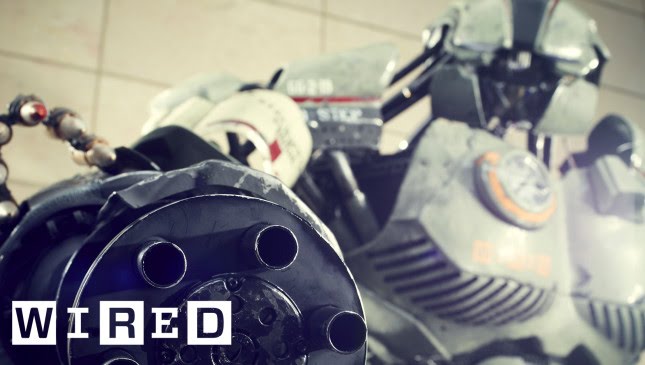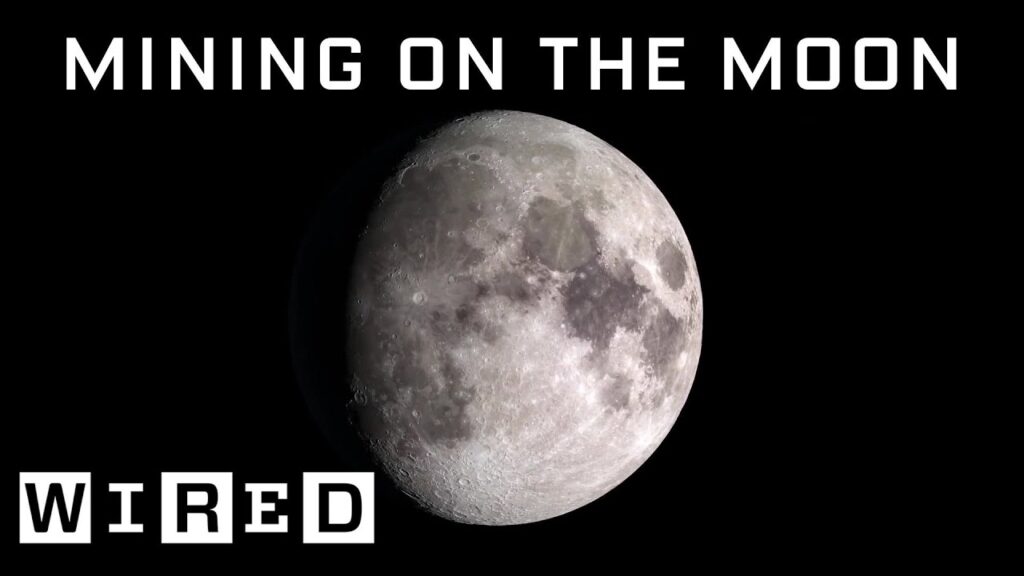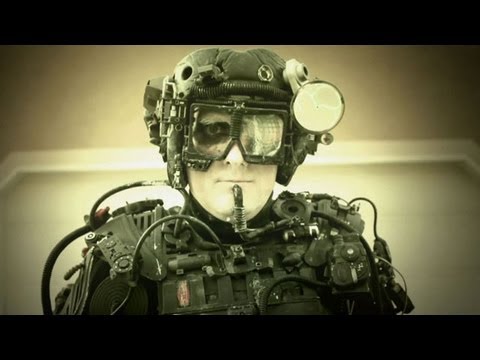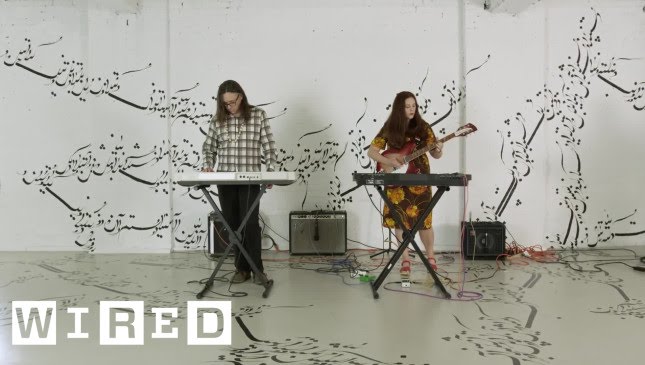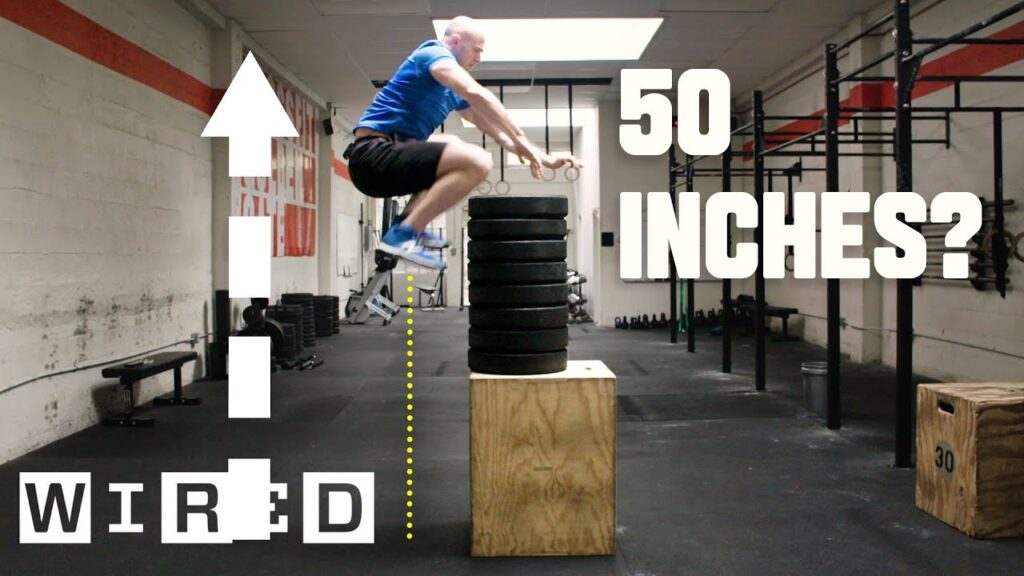Demonic: Creating a Horror Film with Volumetric Capture
Summary
Neil Blomkam’s latest horror film, Demonic, relies on a technology called volumetric capture to create a video game-inspired look. Through photogrammetry and volumetric capture techniques, real-life people and places were turned into a simulated experience in British Columbia. This article explores the process of creating the simulated world in Demonic, the taxing nature of volumetric capture, and the potential for merging filmmaking with video game technology in the future.
Table of Contents
- The Process of Creating a Simulated World in Demonic
- The Taxing Nature of Volumetric Capture
- Merging Filmmaking with Video Game Technology in the Future
The Process of Creating a Simulated World in Demonic
Blomkam’s latest horror film, Demonic, takes place in a digital simulation that was created using photogrammetry and volumetric capture. Photogrammetry involves taking tens of thousands of photos of real-life people and places and turning them into a 3D object using specialized software. Volumetric capture, on the other hand, is the idea of capturing 3D holographic video instead of 2D video using a scaffold cage of cameras that surround the actors.
Blomkam explains that volumetric capture is a highly synthetic environment that is not great for actors. To create the volumetric capture, the team had to use 250 cameras that were incredibly close to the actors. When the actors went through doors, the team brought in plywood doors that obscured them as little as possible. To lift up actors, they used traditional stunt rigging with wires instead of VFX.
Once the footage was captured, the cameras had to clear their data overnight, starting by 7 am the next day. After the computer processed the footage, the team received a point cloud, which was a 3D object that the team could manipulate to create the simulated experience in Demonic.
The Taxing Nature of Volumetric Capture
Volumetric capture is an incredibly taxing way to capture video. Blomkam explained that shooting in volumetric capture yielded about 12 terabytes per day. To get the data off the cameras, he and his brother had to bring in 24 computers that they owned on the back of a pickup truck.
Computers had to work for hours to compute one frame of footage, and the footage had to go through thousands of frames. Eventually, VFX artists used the Unit game engine to render the enormous volumetric datasets into virtual reality, where the shots were then filmed.
Merging Filmmaking with Video Game Technology in the Future
Blomkam predicts that video game technology will continue to improve with more photorealistic elements such as lighting, character, physics, and particle simulation. He explains that the future of gaming could become more immersive worlds, where players can interact as they please, taking a backseat to the narrative elements.
In contrast, film and TV will always aim to create a passive audience experience, where the audience is told a story rather than interacts with the content. Blomkam believes that the innovation in storytelling will probably come from technologies like volumetric capture, which allows viewers to sit and watch the actors through VR, effectively sitting at the same table as the actors in the scene.
Conclusion
Creating a simulated world in a horror film like Demonic can be a grueling process, requiring advanced software and technologies like volumetric capture. However, the potential for a merge between filmmaking and video game technology makes the effort invested in this endeavor all the more worthwhile. As technology continues to advance, we might one day be able to sit down at a virtual table and watch a movie while immersed with actors in the scene.
